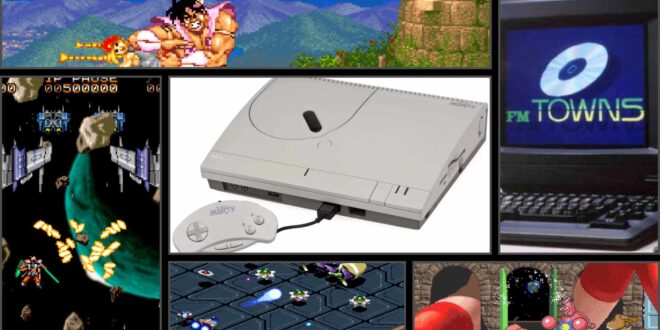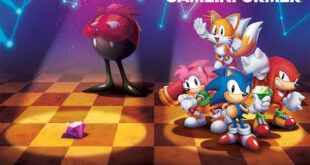In the early 1990s, while American gamers were enjoying their Super Nintendo and Sega Genesis consoles, a revolutionary gaming system was making waves in Japan: the FM Towns Marty. Developed by Fujitsu, this cutting-edge console never made its way to the United States, leaving American gamers oblivious to the incredible gaming experiences they were missing out on.
The FM Towns computer system was first released by Fujitsu in Japan on February 28, 1989. It was designed as a high-end personal computer with advanced multimedia capabilities, targeting both business and entertainment markets.
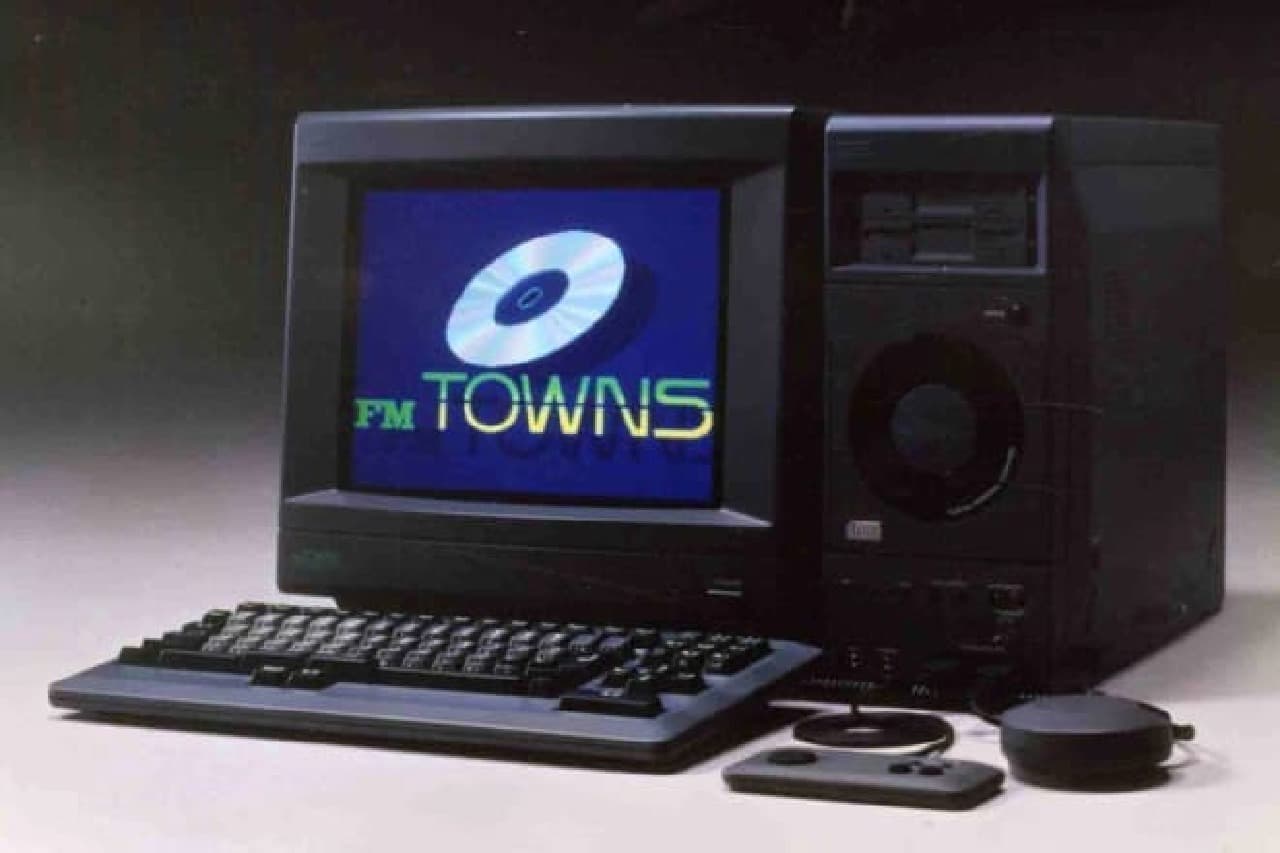
The FM Towns Marty was released by Fujitsu in Japan on February 20, 1993. It was designed as a multimedia console and computer system, aimed at providing high-quality audio and video capabilities alongside its gaming functions.
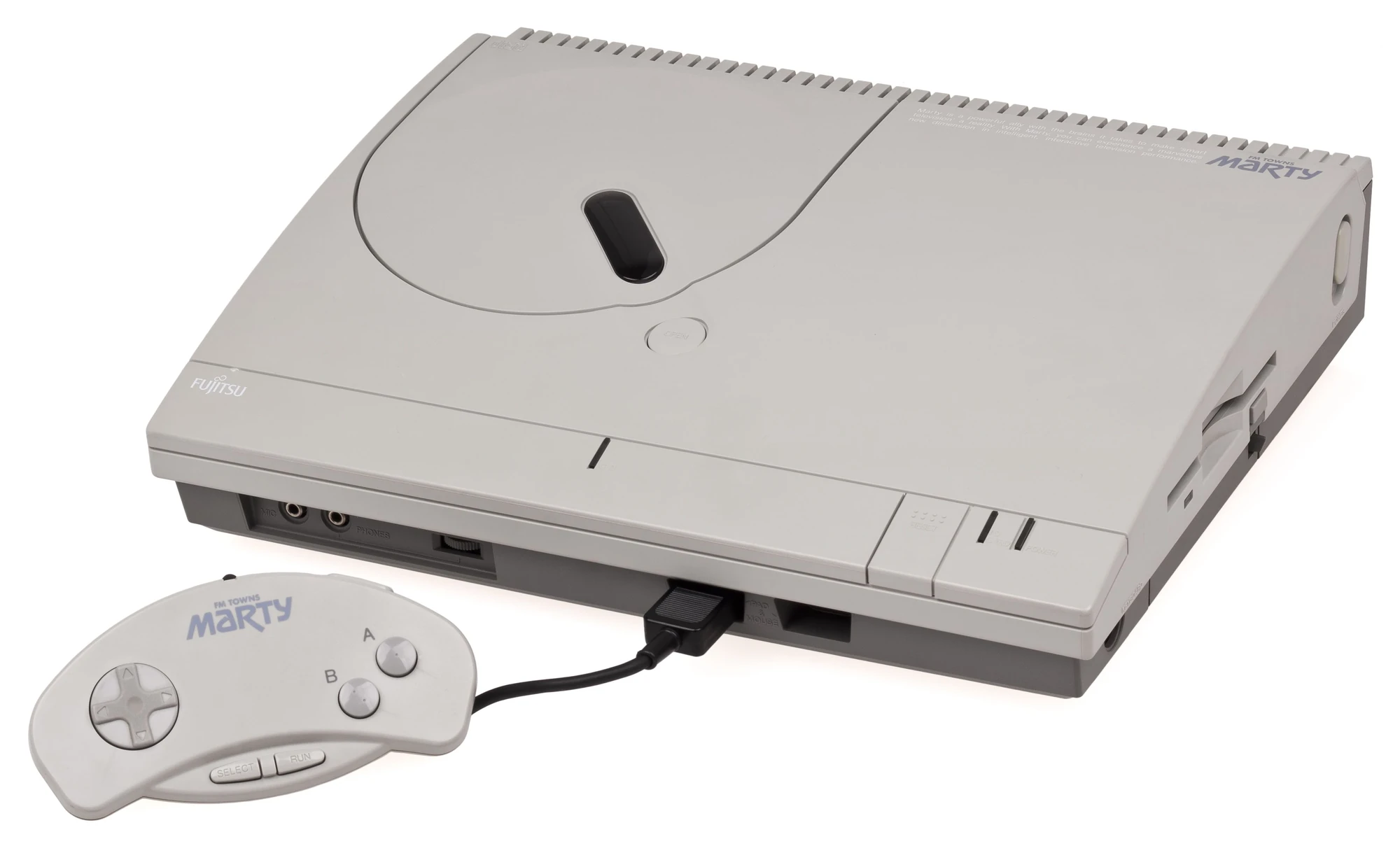
The FM Towns Marty and PC not only influenced the gaming industry through their hardware capabilities but also had a significant impact on game development practices. The consoles’ CD-ROM technology allowed for larger storage capacity, enabling developers to create games with more extensive content, higher-quality audio, and full-motion video cutscenes.
Moreover, the FM Towns Marty and PC attracted the attention of prominent game developers and publishers. Companies like LucasArts, Origin Systems, and Sierra On-Line saw the potential in these consoles and released enhanced versions of their popular titles for the platform. This demonstrated the growing interest in CD-ROM-based gaming and set the stage for future consoles that would heavily rely on this technology.
Ahead of Its Time
In many ways, the FM Towns Marty and PC were ahead of their time. They offered features and capabilities that were not common in other gaming systems of the era. For example, the Marty’s ability to play audio CDs and the PC’s support for high-resolution graphics were groundbreaking features that would later become standard in future consoles.
Additionally, the FM Towns Marty and PC were among the first systems to offer online gaming capabilities. Through the use of a modem, players could connect to online services and engage in multiplayer gaming, a feature that was still in its infancy at the time.
FM Towns Marty Specs
The FM Towns Marty boasted impressive specifications for its time. It featured a 32-bit Intel 80386SX CPU running at 16 MHz, coupled with a 32-bit Motorola 68000 CPU at 10 MHz for sound processing. The console had 2 MB of RAM, expandable to 6 MB, and a CD-ROM drive capable of reading discs at double speed. The Marty’s graphics were powered by a custom 32-bit RISC chip, allowing for stunning visuals and smooth gameplay.
FM Towns Marty Games
One of the most remarkable aspects of the FM Towns Marty was its library of games. The console played host to a wide array of titles, ranging from arcade ports to exclusive releases. Some notable games included:
- Zak McKracken and the Alien Mindbenders: A graphically enhanced version of the classic LucasArts adventure game.
- Loom: Another LucasArts adventure, featuring beautiful graphics and an enchanting soundtrack.
- Ultima VI: The False Prophet: The first console port of the legendary RPG series, with improved visuals and sound.
- Monkey Island 2: LeChuck’s Revenge: The sequel to the beloved point-and-click adventure, with enhanced audio and visuals.
These games, among many others, showcased the FM Towns Marty’s capabilities and demonstrated how it pushed the boundaries of console gaming at the time.
The FM Towns PC
In addition to the Marty console, Fujitsu also released the FM Towns PC, a computer system designed for multimedia and gaming. The FM Towns PC featured similar specifications to the Marty, with a 486 CPU, 4 MB of RAM, and a CD-ROM drive. It also had a custom graphics chip and supported resolutions up to 720×480 with 32,768 colors.
The FM Towns PC had its own library of games, including exclusive titles and enhanced versions of popular releases. Some notable games were:
- Dungeon Master II: The Legend of Skullkeep: An enhanced version of the dungeon-crawling RPG, with improved graphics and sound.
- Rayxanber II: A colorful and fast-paced shooter, showcasing the system’s graphical capabilities.
- Senken: A strategy game set in feudal Japan, featuring beautiful artwork and an engaging storyline.
These games, along with many others, demonstrated the FM Towns PC’s potential as a gaming powerhouse.
The Legacy of the FM Towns Marty and PC
Although the FM Towns Marty and PC never made their way to the United States, they left a lasting impact on the gaming industry. The consoles showcased the potential of CD-ROM technology and paved the way for future systems like the Sega CD and the PlayStation.
Moreover, the FM Towns Marty and PC introduced American gamers to Japanese-style gaming, with their unique genres, art styles, and storytelling techniques. Many of the games that debuted on these systems would later be released in the United States, giving players a taste of what they had missed out on.
In conclusion, the FM Towns Marty and PC were revolutionary gaming systems that never got the recognition they deserved in the United States. With their powerful specifications, impressive libraries of games, and innovative features, these consoles could have changed the face of gaming in America. While we may have missed out on these incredible systems, their legacy lives on, reminding us of the constant evolution and innovation in the world of video games.
Check out the top 10 games on the FM Towns Marty.
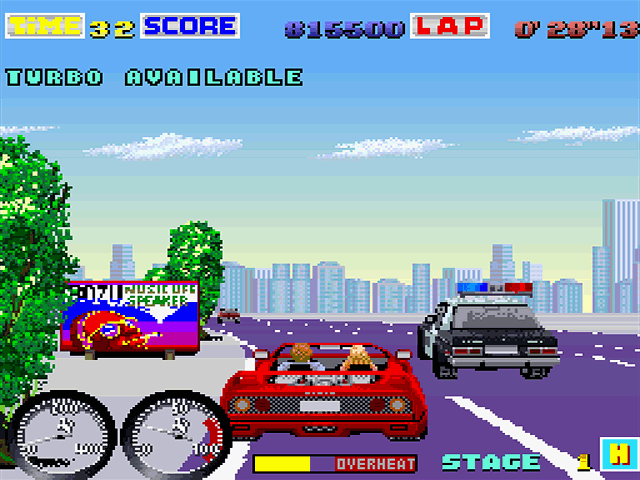 10. Turbo Out Run (1993) – This upgraded version of the quintessential arcade racer introduced a turbo button, vehicle upgrades, and police cars to the series, adding depth and excitement to the gameplay. The objective was to race a Ferrari F40 across the United States, moving from one checkpoint to another while avoiding traffic and other hazards. Dynamic weather conditions and road obstacles like puddles, traffic barriers, and oil slicks kept players on their toes. Despite some graphical downgrades compared to the arcade version, such as missing background details and fewer road hazards, the FM Towns port featured an impressive arranged Red Book audio soundtrack that elevated the gaming experience.
10. Turbo Out Run (1993) – This upgraded version of the quintessential arcade racer introduced a turbo button, vehicle upgrades, and police cars to the series, adding depth and excitement to the gameplay. The objective was to race a Ferrari F40 across the United States, moving from one checkpoint to another while avoiding traffic and other hazards. Dynamic weather conditions and road obstacles like puddles, traffic barriers, and oil slicks kept players on their toes. Despite some graphical downgrades compared to the arcade version, such as missing background details and fewer road hazards, the FM Towns port featured an impressive arranged Red Book audio soundtrack that elevated the gaming experience.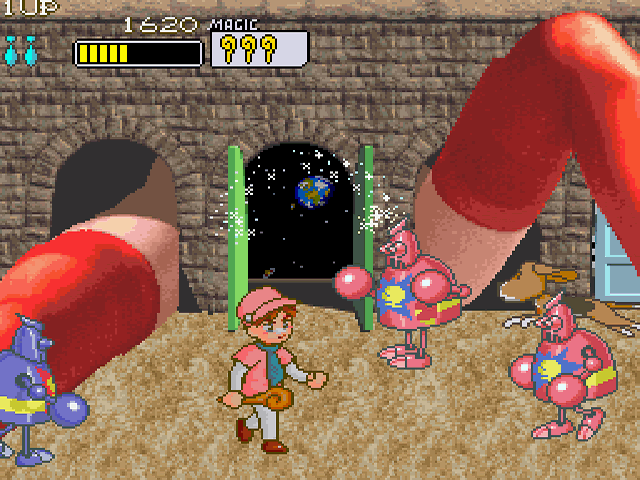
- 9. Pu-Li-Ru-La (1994) – Developed by Taito, this obscure beat ’em up featured a surreal and illogical world filled with bizarre characters, crude digitized graphics, and unpredictable WTF moments in every stage. The game’s premise involved two kids setting out to restore balance to the world after the flow of time was disrupted, giving the developers creative freedom to craft an utterly unique experience. From a digitized woman flapping in the wind like a flag to a background consisting of a half-naked sumo wrestler standing next to a mountain, Pu-Li-Ru-La consistently surprised and confused players with its absurd visuals and illogical stage designs.
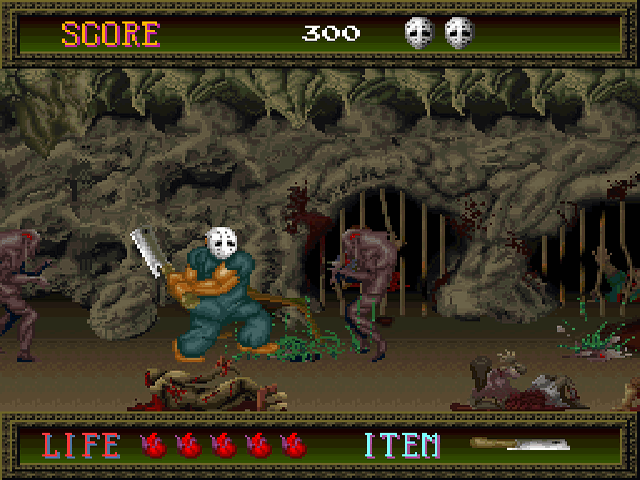
- 8. Splatterhouse (1992) – A side-scrolling beat ’em up inspired by classic horror films, Splatterhouse stood out for its horror-based themes, use of gore, and unforgettable atmosphere. Players took control of a character clearly based on Jason Voorhees, punching, kicking, and using weapons like 2x4s, shotguns, and meat cleavers to battle through waves of enemies. The game kept players engaged with its varied enemy encounters, from zombies emerging from the floor to monsters that needed to be taken down with harpoons. The FM Towns version, with its enhanced visuals and audio, is arguably the best version of the game ever released.
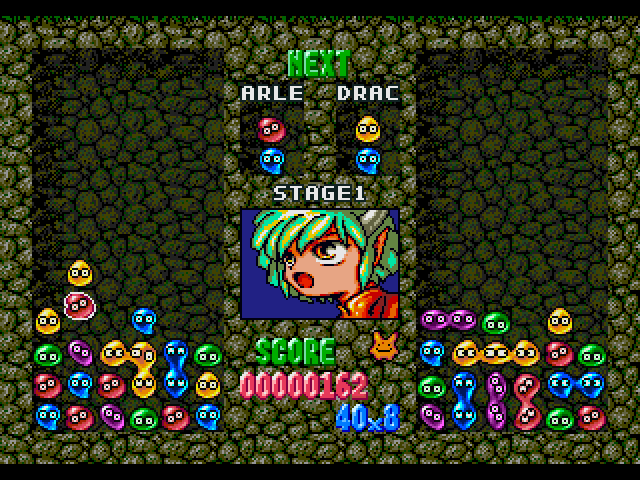
- 7. Puyo Puyo (1994) – This influential puzzle game featured a robust one-player mode, competitive multiplayer, and combo-centric gameplay that rewarded players and punished opponents. In the single-player campaign, players faced off against 12 computer-controlled opponents, each with their own personalities and playstyles, with the story progressing through cutscenes. The competitive multiplayer mode was where Puyo Puyo truly shined, allowing players to set off chain reactions and clear multiple groups of blobs simultaneously, sending garbage blobs to their opponent’s field. The FM Towns version boasted an amazing jazzy soundtrack that surpassed the arcade version.
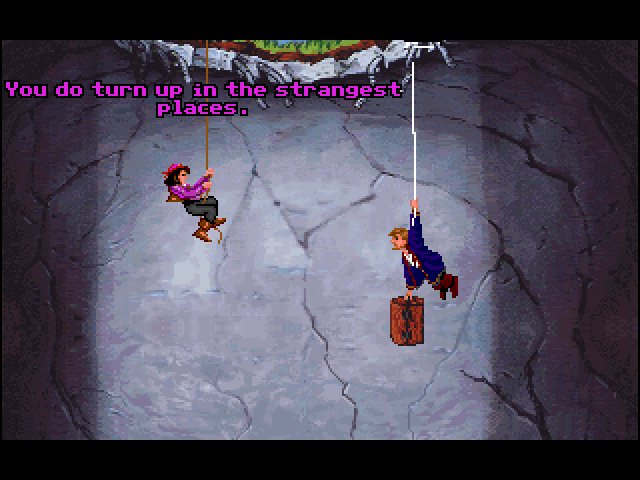
- 6. Monkey Island 2: LeChuck’s Revenge (1994) – This classic Lucasfilm adventure game, running on the SCUMM engine, featured a witty and humorous storyline, memorable characters, and an amazing soundtrack. The game’s point-and-click interface allowed players to interact with the environment and solve puzzles, with multiple difficulty settings catering to different skill levels. While some puzzles could be annoying, they often served as comedic devices, and the game’s sense of humor was its strongest asset. The FM Towns version was considered one of the definitive versions, with improved visuals compared to its DOS counterpart.
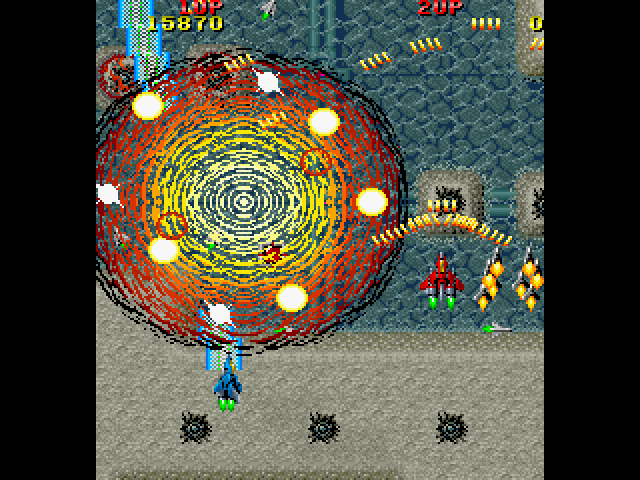
- 5. Raiden Densetsu (1991) – A straightforward yet challenging vertically-scrolling shoot ’em up, Raiden Densetsu offered simple but effective visuals, easy-to-track projectiles, and a fantastic soundtrack reminiscent of 1980s action movie montages. Despite its seemingly understated appearance, with normal-looking houses, generic scenery, and modest weaponry, Raiden Densetsu’s simplicity made it one of the most playable shooters of its era. The clear distinction between interactive elements and background objects, combined with the game’s memorable soundtrack, created an engaging and enjoyable experience for both solo and co-op play.
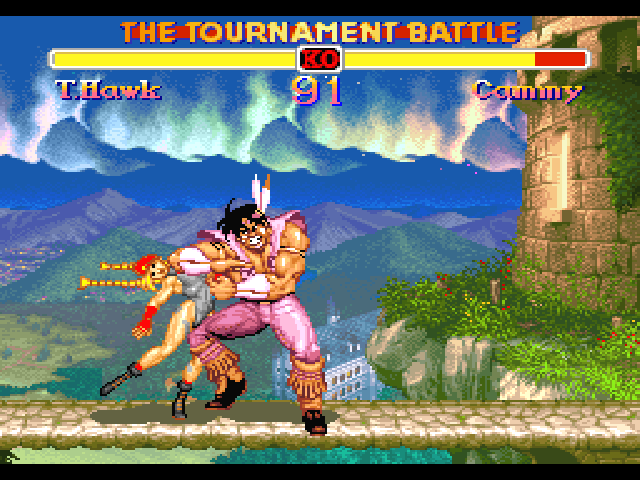
- 4. Super Street Fighter II (1994) – The definitive version of Street Fighter II for the FM Towns, offering solid gameplay, 14 difficulty settings, and a unique color customization mode. As the fourth major iteration of the game, Super Street Fighter II featured a diverse roster of 16 characters and was the first game developed on Capcom’s CPS-2 arcade board. Despite some graphical downgrades from the arcade version, such as lower resolution, removed parallax scrolling effects, and missing background animations, the FM Towns port provided a faithful gameplay experience. The inclusion of a special six-button controller and an adapter for Capcom’s CPS Fighter arcade stick further enhanced the game’s appeal. The FM Towns version also featured an arranged soundtrack that was later used in the 3DO port of Super Turbo.
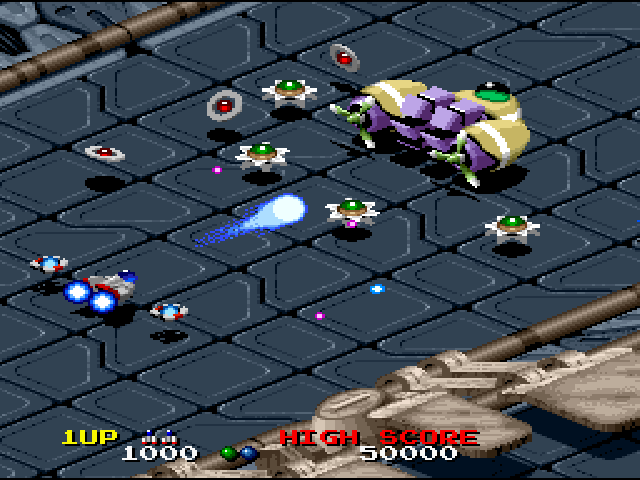
- 3. Viewpoint (1993) – An isometric shooter with impressive depth, imaginative enemies, and interesting stage gimmicks, Viewpoint captivated players with its unique perspective and surreal imagery. The game’s isometric viewpoint created a sense of depth and made the imposing enemies seem even more impressive, from brightly colored insect-like creatures to ships resembling Slinkies. While relatively light on power-ups, the game allowed players to charge their shots and collect various bombs to create walls of fire, blast zones, or homing missiles. The inclusion of levers and gates to break up the action added variety and prevented the game from feeling repetitive. The FM Towns version was the closest to the original Neo Geo release, offering an authentic and challenging experience.
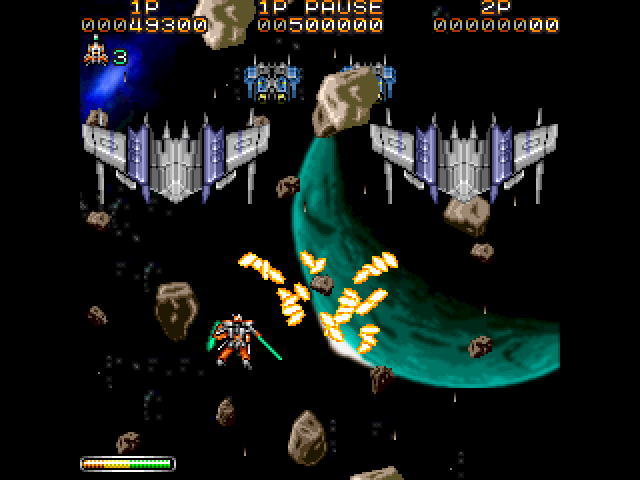
- 2. Alltynex (1996) – This exclusive vertically-scrolling shooter allowed players to switch between a ship and a mecha, adding an element of strategy not seen in most shooters. The ability to transform into a robot and obliterate bullets with a giant sword was an incredibly satisfying mechanic, providing a fresh take on the genre. While the ship form was weaker, it excelled at long-range attacks with its upgradeable spread shot and secondary homing laser. In contrast, the mecha form was more powerful but required players to get up close and personal with enemies, leaving less time to react to their attacks. Despite its generic setting and storyline, Alltynex’s innovative gameplay mechanic made it a standout title on the FM Towns.
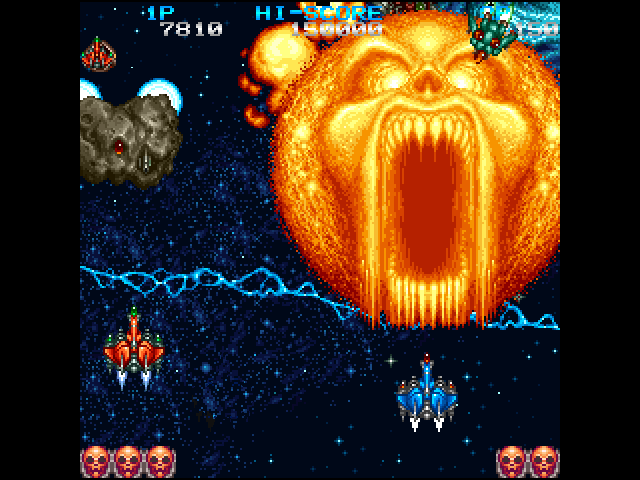
- 1. Tatsujin Ou (1993) – A vertically-scrolling shooter with impressive weapon effects, intelligent enemies, and six large areas guarded by imposing bosses, Tatsujin Ou is probably the best reason to own an FM Towns. As the only home port of the game, the FM Towns version offered players the opportunity to experience the sequel to the famous Tatsujin (known as Truxton outside of Japan) in the comfort of their own homes. The game featured various power-ups to increase speed and firepower, as well as the ability to change the main weapon from a standard canon to a more powerful beam. The bright, persistent lasers and impressive bomb effects, such as skull-shaped explosions, added to the game’s visual appeal. What set Tatsujin Ou apart from other shooters was the intelligence of its enemies, which actively swerved to avoid the player’s bullets, creating a more engaging and challenging experience.
These eight games represent some of the best experiences available on the FM Towns Marty, highlighting the console’s technical prowess, innovative features, and ability to deliver captivating gameplay. While the FM Towns Marty may have never reached American shores, these games demonstrate the incredible potential of this unique gaming system.
 Retro-Replay.com Retro gaming reviews, news, emulation, geek stuff and more!
Retro-Replay.com Retro gaming reviews, news, emulation, geek stuff and more!
